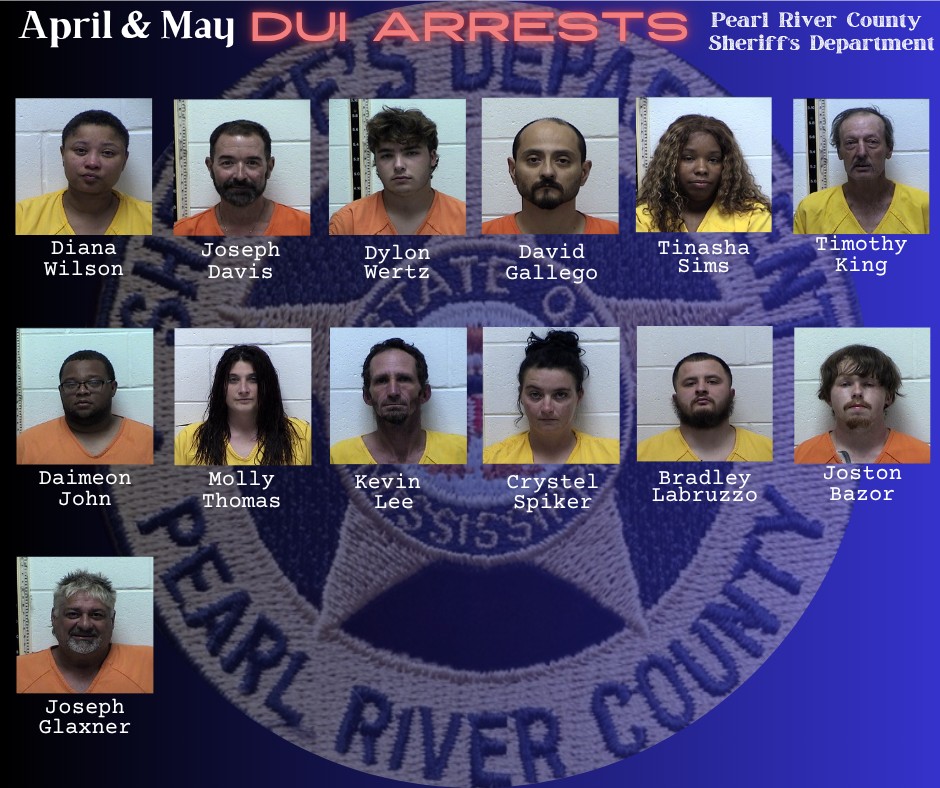Some wildlife management areas to allow hog trapping
Published 7:00 am Saturday, June 2, 2018
According to coverage by the Associated Press, the Mississippi’s Commission on Wildlife, Fisheries and Parks may soon allow people with the proper permits to trap wild hog in some wildlife management areas. While the exact locations have not been confirmed yet, this new rule could affect the wildlife management areas in Pearl River County.
There are currently two main wildlife management areas in Pearl River County that are overseen by the Mississippi Department of Wildlife, Fisheries and Parks; Old River on Highway 43 North in Poplarville and Theodore Mars near the intersection of I-59 and Highway 53 South in Poplarville.
Executive Wildlife Director at the MDWFP Russ Walsh said the Department considered the rule change because the public has shown an active interest in the possibility of trapping in WMAs and the wild hog population is increasing. The state is trying to find more ways to curb that growth. He said most WMAs allow hunters to kill hogs as long as they are using weapons allowed during a particular season. Additionally, hunters must be hunting another animal that is in season, such as deer, rather than going to the WMA for the sole purpose of hunting wild hogs.
Walsh said trapping will be allowed as the need arises, so long as it does not interfere with other activities.
The Bogue Chitto National Wildlife Refuge is also located in Pearl River County, but is managed by the U.S. Fish and Wildlife Service. According to the FWS website, hog hunting is allowed on the refuge in February and must be done with trained dogs. There is also a restriction on the weapon and caliber used. Bogue Chitto Refuge guidelines do not mention trapping.
Wild hogs are legally considered a “nuisance” species because they are invasive, carry diseases and cause approximately $1.5 billion each year in damage nationally.
According to an article by the Mississippi State University Extension Service, wild hogs have doubled in population since the 1980s. Hogs reproduce at an alarming rate, and eat up to five percent of their body weight every day, the article states.
“Wild hogs are known carriers of at least 45 different parasites (external and internal) and diseases (bacterial and viral) that pose a threat to livestock, pets, wildlife, and in some cases, human health,” the article states.
According to the article, by 2009 feral hogs were noted in Pearl River County. In 1988 wild hogs were found in four percent of Mississippi. By 2009 that number was 38 percent.
According to the MDWFP website, wild hog’s nuisance status allows them to be hunted or trapped at any time of the year, day or night with no restrictions on weapons or caliber, so long as the land is private and the hunter is the landowner, lease holder or has a legal letter of permission to hunt the land. The hunter must also have a valid lifetime, all game or sportsman’s license.
While these rules differ for public property, allowing trapping in wildlife management areas could potentially allow for the increased control of wild hog populations in protected areas. Walsh said once the rule goes into effect, trappers may call 601-432-2199 to ask if there is a trapping opportunity somewhere in the county.





